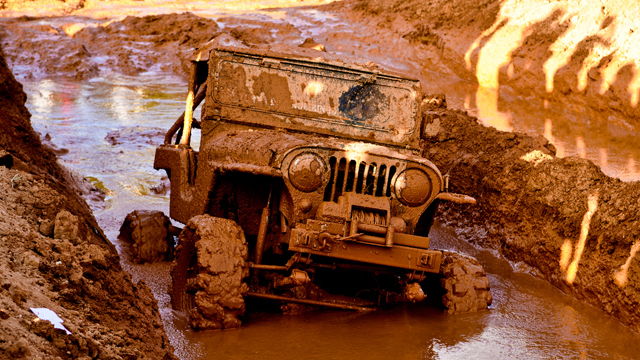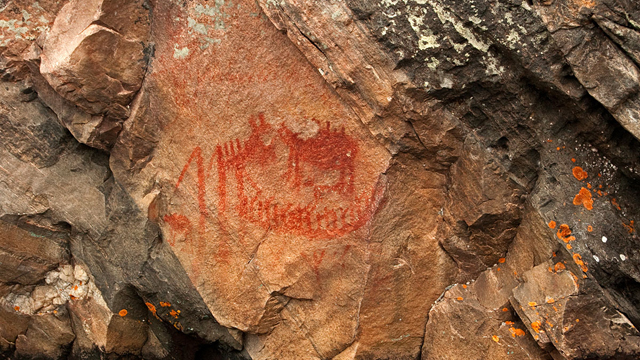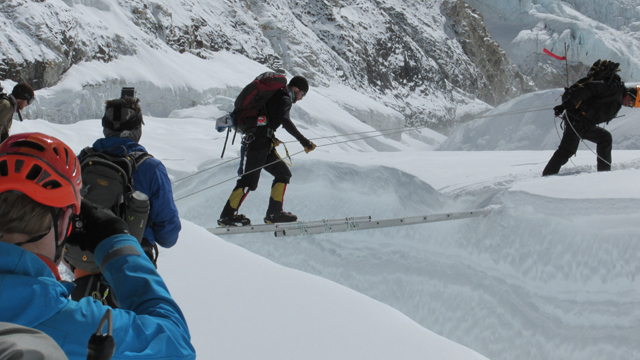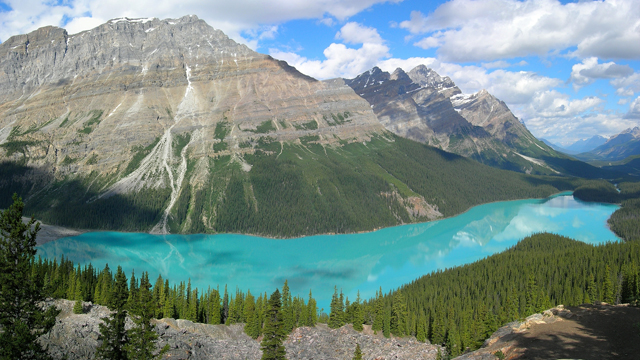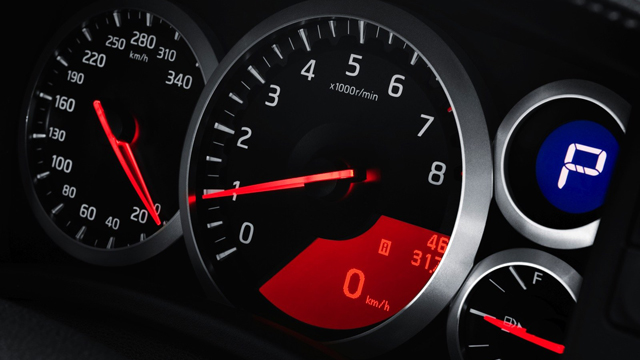The advancement of global positioning system (GPS) has changed the way we travel. But as we grow more and more dependent on technology to get our Ram trucks and us, excited travelers, to where we want to go, we should also stop and take a moment to acknowledge our navigational ineptitude.
After all, what would happen to us if the Internet fails, the satellites go down and the little blue dot we were supposed to follow halts? Getting lost is a part of the journey when it comes to Great Canadian Wilderness Adventures, but being able to find your way home is quite important as well. It’s a big country. So, when technology fails follow some of these helpful tips to get you there and back with a story to tell.
Rely on offline maps
Perhaps, it is easy to curse our devices when they fail us, but if you plan ahead, there is no reason to rely on them in dire situations at all.
Whether you are heading out of the country or into the backcountry, there is a probably already a map in existence. Have a look at it before heading out, or better off, save a readable offline version, or even better, print it out like you would if you were living in 1995 and carry it with you.
If you are heading out into an area without a gas station to ask directions, consider a topographical map, as opposed to a planimetric map, which is more commonly used in the city. Topographical maps are helpful for navigating through areas without signs, because they reference the terrain, instead of roads. It takes a while to get a hang of reading the contour lines that represent the elevation, and differentiating the colours that symbolize vegetation, bodies of water, etc., but the ability to read a map like that is more than a survival skill. It’s also a way to impress your fellow travellers. So, don’t be afraid to take some time and practice.
Find man-made landmarks or attack points
There are a few names for man-made or natural features that act as landmarks for travellers and adventurers: catch features, baselines, attack points and so on. Expert navigators know that before you head out into the backcountry, you should identify a few catch features just in case you lose your orientation. Man-made objects, such as power lines, roads, or tracks are all useful. Certain natural landmarks are useful too, including rivers or lakes.
When selecting these landmarks for navigation sakes, be sure to acknowledge the distance between yourself and the landmark. A distance of two miles (3.2 km) will work fine, while a distance of 20 miles (32 km) will do you little good. You don’t want to travel a full day to find a landmark to reorient yourself, so the closer the better.
That landmark can then become your attack point and from there you should be able to identify which direction you need to go.
Take the long way by aiming off and following handrails
Handrails can double as an attack point, but they are used in a slightly different way. Like the name suggest, travellers can follow the handrails, in a linear fashion, to guide them back to their car, campsite, summer oasis, etc.
If you know the road follows the river downstream, finding the river will surely lead you to the road. If you know your campsite is by the lake, if you head in the direction of the lake, you can use it as a handrail back to the campsite.
This technique is often known as aiming off, because you are not taking the direct route towards your target. Instead you are heading towards a handrail you can consciously follow.
Aiming off towards a handrail or a catch feature is often the smarter choice because a direct route that is not as direct as you thought can leave you much more disoriented. Be wary of short cuts.
Make checkpoints as you go
Whether you are driving, walking or skipping merrily, making checkpoints along the way will not only help you when you need directions, but it is also a great technique to familiarize yourself with the route. Consider it navigational studying. Unlike breadcrumbs, checkpoints should be clear visible features along the way that you can navigate in reverse when you leave or get lost down the road.
Fences, lakes, haunted houses can all be used as landmarks, even better if they can be located on a map. Should you need to, you can turn those checkpoints into attack points depending on your distance.
The more checkpoints you have, the better your chances of finding one that may serve you later. This method works wonderfully when travelling in a foreign city you are not familiar with. Don’t be afraid to act like a tourist and snap some pictures, they can easily be used as landmarks to show locals when you are lost.
Measure your pace
Be observant when you are driving or walking. Keeping track of your pace can be an advantage when you get lost or stuck. If you know how far you’ve travelled from one checkpoint to the next, should anything happen, you can easily calculate the time it’ll take to get there.
In your car, you can measure your pace by the speedometer. Say, you are travelling at 30km/h by an off-road trail for 15 minutes, but suddenly your car breaks down. You can then assume that you are about 7.5km away from the main road.
If you are on foot and you want to measure your pace, a common technique is to see how many paces it would take to get to 100 metres. The technique is called double pacing, and it works by having walkers count their steps as they put their foot down on one side. Practice might be needed in order to determine how far 100 metres. Consider measuring it out on a consistent terrain for 600 metres. There are a few methods used by experts to mark each 100 metres. Some use count beads, some tie knots and some transfer stones from one pocket to another.
Being able to effectively count paces in the wild will help measure the distance from where you are to where your target is, if you should get lost.
Navigational skills are not something we are all born with, especially us urban-folks with our tablets and smartphones. We must go out into our wild country, get lost in a safe fashion and practice until we know what we’re doing.

